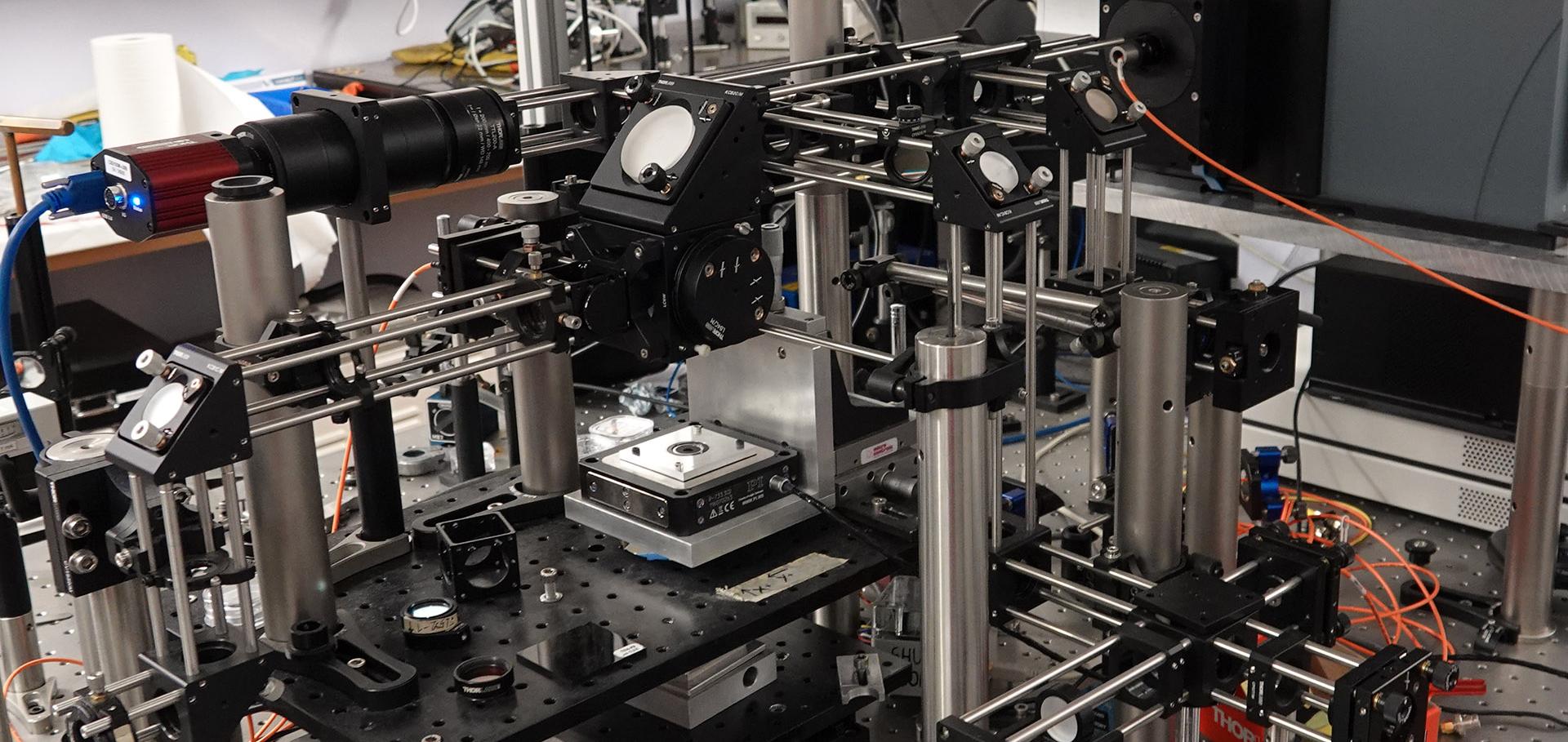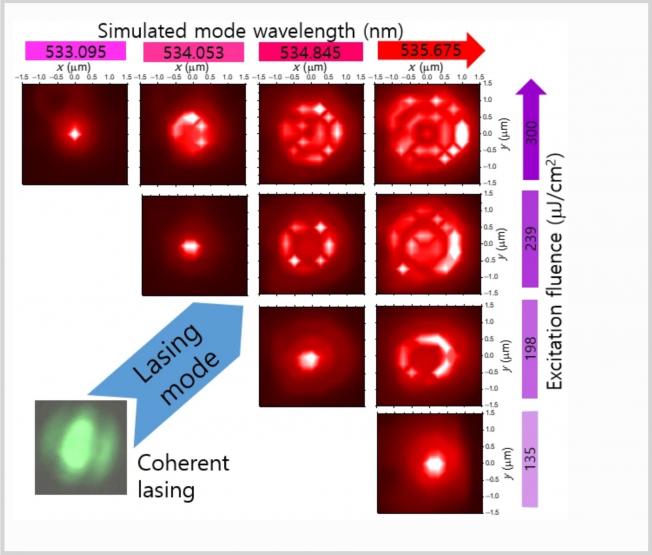Fe on molecular-layer MoS2 as inorganic Fe-S-2-Mo motifs for light-driven nitrogen fixation to ammonia at elevated temperatures
Chem Catalysis Cell Press 1:1 (2021) 162-182
Abstract:
Current industrial production of ammonia from the Haber-Bosch process and its transport concomitantly produces a large quantity of CO2. Herein, we successfully synthesize inorganic-structure-based catalysts with [Fe-S2-Mo] motifs with a connecting structure similar to that of FeMoco (a cofactor of nitrogenase) by placing iron atoms on a single molecular layer of MoS2 at various loadings. This type of new catalytic material functionally mimics the nitrogenase to convert N2 to ammonia and hydrogen in water without adding any sacrificial agent under visible-light illumination. Using the elevated temperature boosts the ammonia yield and the energy efficiency by one order of magnitude. The solar-to-NH3 energy-conversion efficiency can be up to 0.24% at 270°C, which is the highest efficiency among all reported photocatalytic systems. This method of ammonia production and the photocatalytic materials may open up an exciting possibility for the decentralization of ammonia production for fertilizer provision to local farmlands using solar illumination.Imaging non-radiative point defects buried in quantum wells using cathodoluminescence
(2021)
Resonantly pumped bright triplet exciton lasing in caesium lead bromide perovskites
University of Oxford (2021)
Abstract:
The research looks into the lasing phenomenon from the tetragonally symmetric CsPbBr3 perovskite nanocrystals. The emission has been demonstrated to originate from the triplet state via polarisation and lifetime verifications. A resonantly pumped excitation source has been adopted to tune the inter-level transition resonantly, which significantly enhances the emission characteristics. The data follows the order of the figures contained in the corresponding paper and a comment in each data file explains what each column of the data stands for. The data files cover all the experimental results presented in the main text of the paper.Two-photon Laser-written Photoalignment Layers for Patterning Liquid Crystalline Conjugated Polymer Orientation
Advanced Functional Materials Wiley (2020)
Excitation and temperature dependence of the broad gain spectrum in GaAs/AlGaAs quantum rings
Applied Physics Letters AIP Publishing 117:21 (2020) 213101



